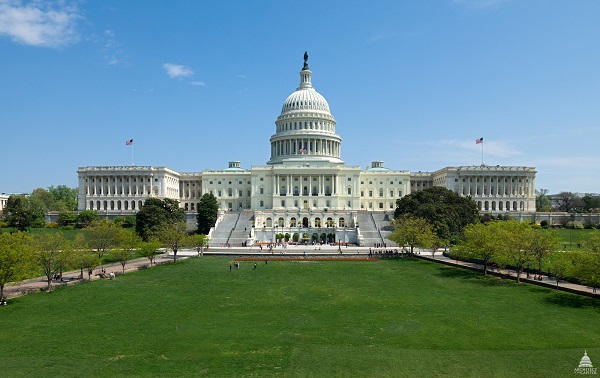WASHINGTON, Jan. 4, 2017 - Republican Donald Trump is headed for the White House because he upset Democrat Hillary Clinton in the “outstate” sections – counties beyond the metropolitan areas – in Iowa, Michigan, Ohio, Pennsylvania and Wisconsin.
The 50 electoral votes in those five states – all of them carried by Democrat Barack Obama in 2008 and 2012 – provided Trump the margin of victory, according to “The Outstate Effect,” a new paper by political analyst Michael Barone of the American Enterprise Institute.
“These states – with the exception of Iowa, which voted narrowly for George W. Bush in 2004 – were supposedly part of a ‘blue wall’ because they had not voted Republican for president since 1988 or 1984,” he wrote.
His paper breaks down, and shows in tabular form, the popular vote across the metro areas and outstate regions in seven Midwestern states – Illinois, Indiana, Michigan, Minnesota, Missouri, Ohio and Wisconsin – that contain substantial metropolitan areas with more than one million in population. He does the same for Pennsylvania, where, he says, “two-thirds of voters beyond metro Philadelphia are Midwestern in culture and concerns.”
Clinton prevailed in those states’ metro areas (other than Pittsburgh) but in most cases her margin was lower than what Obama polled in 2008 and 2012 and, in some cases, below Democrat John Kerry’s percentage when he lost to George W. Bush 12 years earlier.
In the outstate areas of those states, “Trump ran ahead of Bush in just about every state and way ahead of John McCain and Mitt Romney,” he said, citing the tally from the 2008 and 2012 elections. “Even more notable than this are the huge drop-offs for Hillary Clinton in those outstate regions,” Barone writes. “The numbers are stunning.”
He adds, “By the way, outstates are not small regions, and they are not significantly declining percentages of the electorate in these states. They include 100 percent of voters in Iowa, 47 percent in Ohio, 42 percent in Minnesota, 44 percent in Ohio, 47 percent in Pennsylvania, and 61 percent in Wisconsin.”
Adding Illinois, Indiana, Missouri and states with no million-plus metro areas – Kansas, Nebraska and the Dakotas – Trump’s 108-30 electoral vote advantage in the larger Midwest and Great Plains states shows a stark contrast from the three previous presidential elections. Kerry’s edge in 2004 was 69-66, while Obama’s was 118-27 in 2008 and 90-38 in 2014.
Barone opines that the outstate Republican gains in 2016 were presaged by Obama’s declining margins in two states that his campaign targeted in 2008 but did not contest in 2012 – Indiana and Missouri. “Southern Indiana and most of outstate Missouri were settled originally by Southerners, and people there still speak with southern-tinged accents.” Both states’ metro areas have become less Democratic, he says, “even as their outstate regions have become only one-third Democratic in Indiana and only one-quarter Democratic in Missouri.”
The rural-urban contrast is even more pronounced in Kansas, Barone says, “where Trump’s 57 percent ran distinctly behind Romney’s 60 percent because of metro Kansas City.” The fastest growth in metropolitan Kansas City is on the Kansas side of the border in Johnson County – a “fast-growing county [that] now casts 24 percent of the statewide Kansas vote.”
“For many campaigns, the people’s votes in the outstate Midwest (and Pennsylvania), have mostly been taken for granted,” he says. “Those regions have not seen many big campaign events – and not just because it is hard to gather a large crowd in sparsely populated areas – and their concerns have not ranked high in campaign leaders’ concerns.”
And he adds, in one of the year’s understatements, “In the future, the 2016 election results might draw more politicians’ attention to voters in the previously disregarded outstate Midwest.”
#30
For more news, go to: www.Agri-Pulse.com


